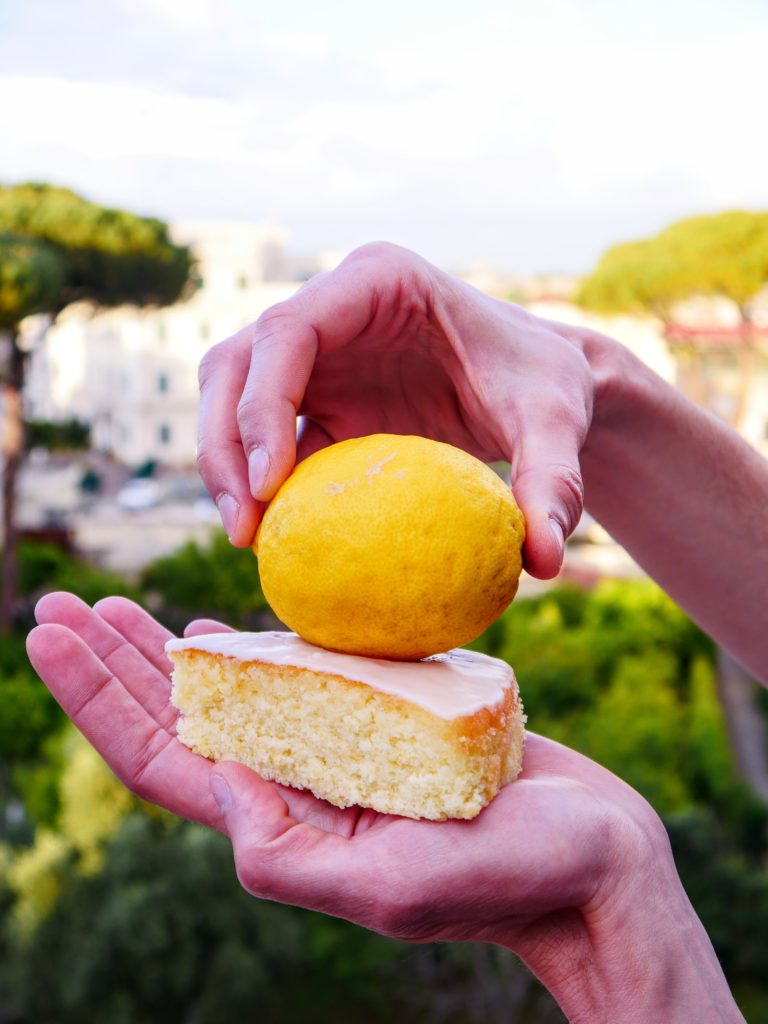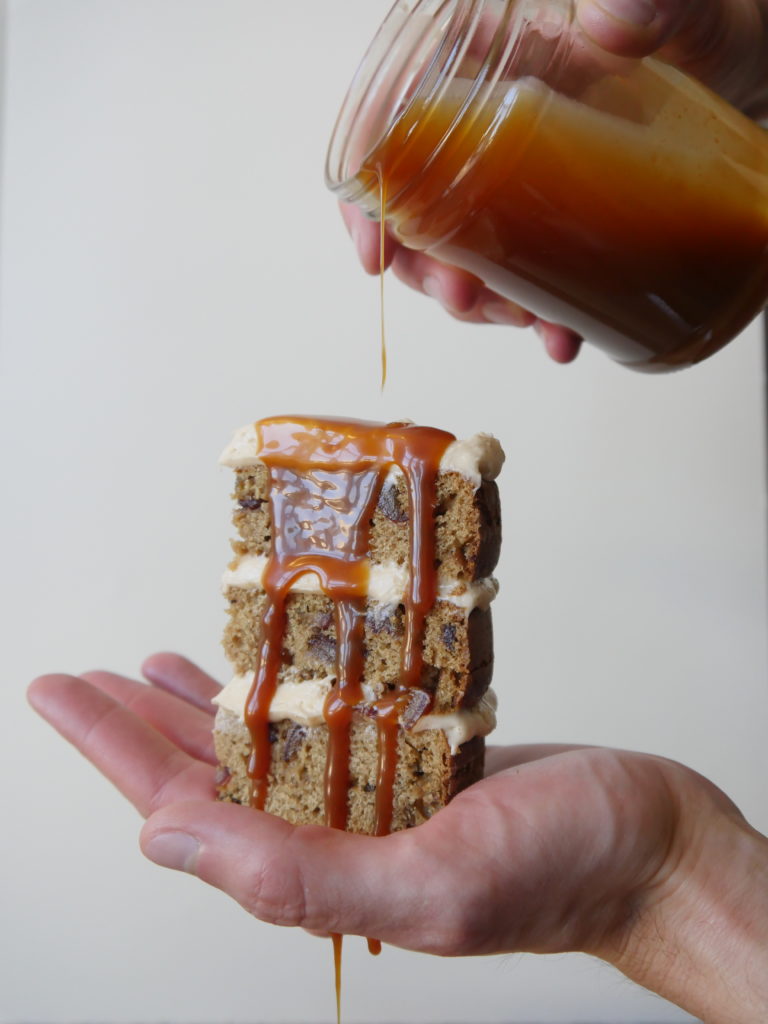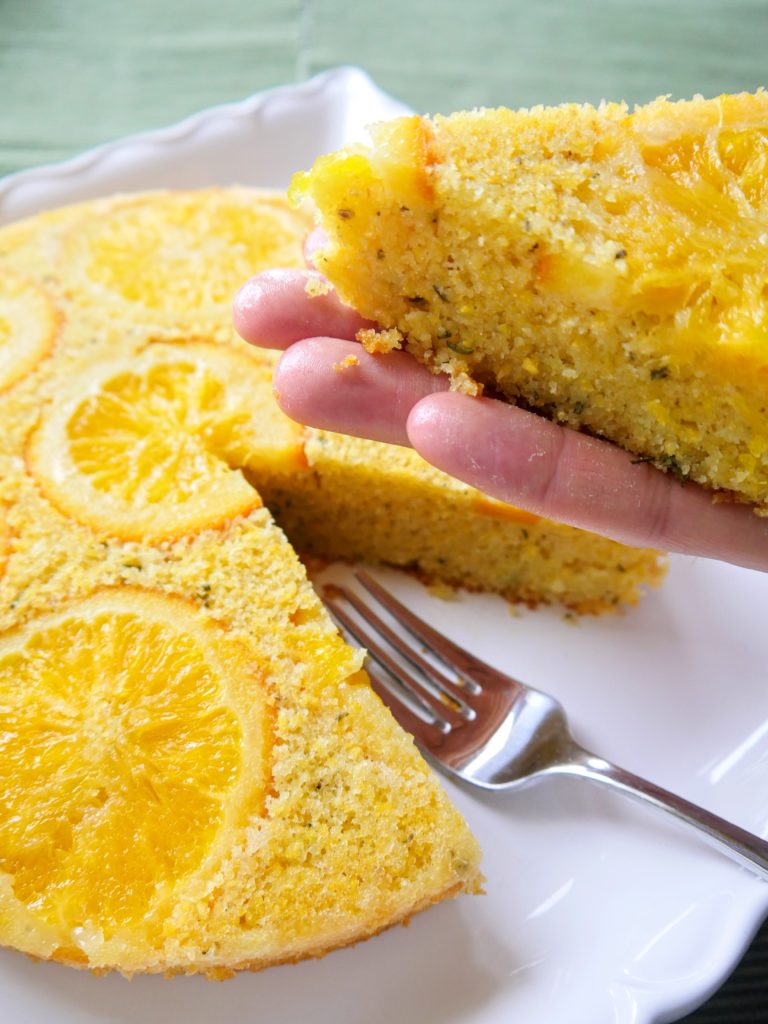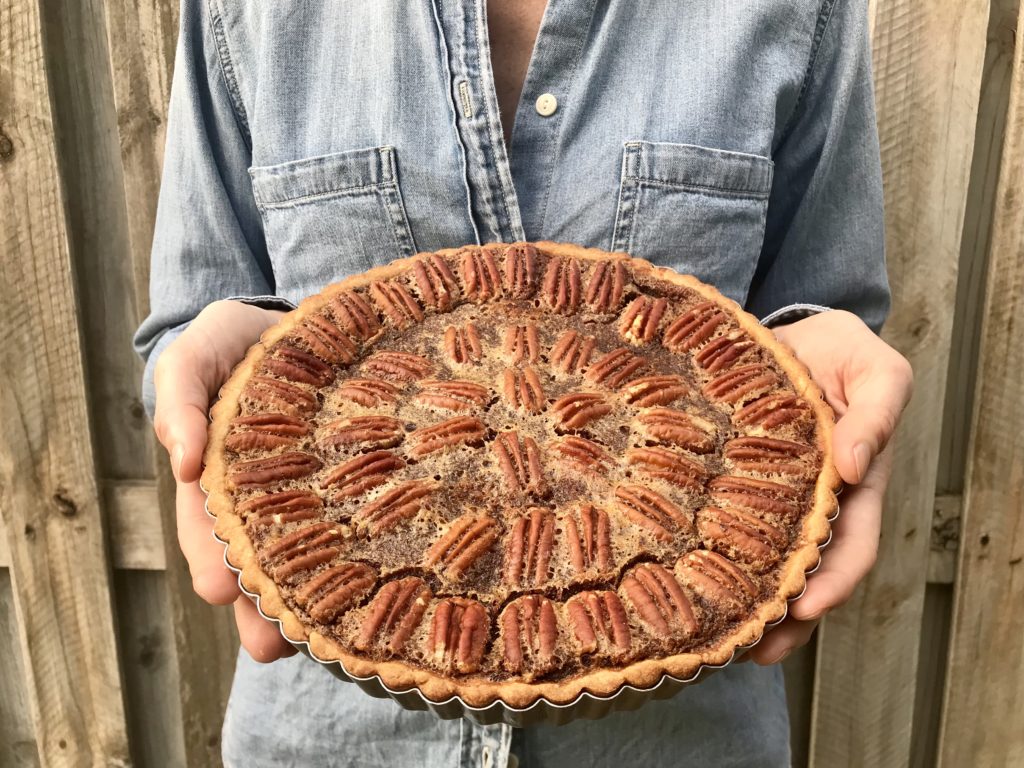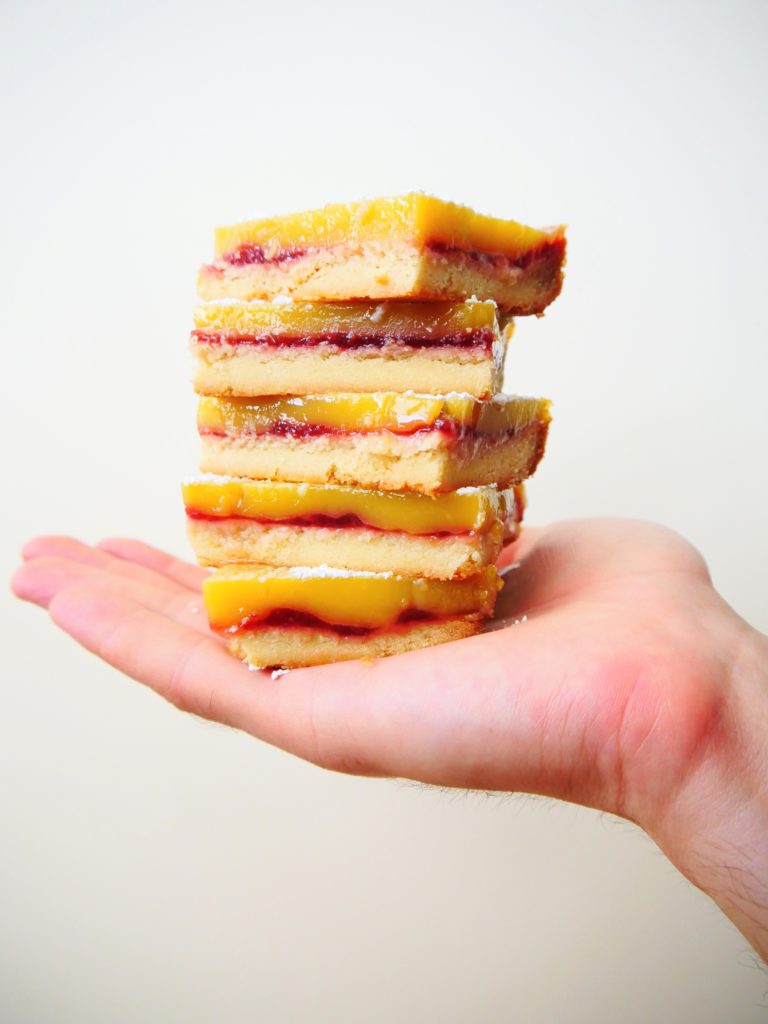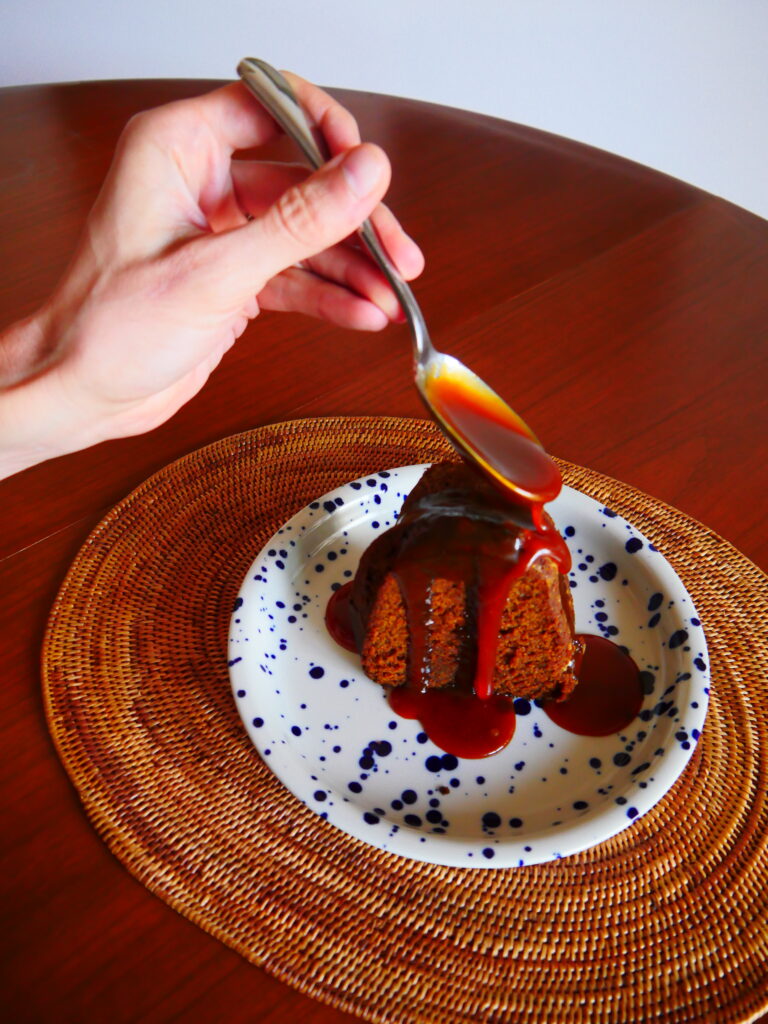
Growing up in the American Midwest, the turn toward autumn was unmistakable. The trees burst into glorious color, fruit stands selling apples and pumpkins sprang up along country roads, apple cider was abundant in every grocery store, and the same day might see you shivering into a hoodie and basking under the afternoon sun in a tank top. It was never open to interpretation and there was never any doubt—you knew when fall had arrived.
Autumns in Rome are somewhat subtle, compared to all of that. The leaves of the plane trees turn yellow and then drift their way to the ground. The temperature drops from sweltering to pleasant and it rains occasionally, just to break up the monotony of so many perfect days all in a row. It’s gradual, and that makes it difficult to put your finger on exactly when it slips from summer to fall.
After two years, I’ve found that the best way to mark the passage of the seasons in Rome is not to look at the date on the calendar or the daily forecast, not even to trust your instinct of what you think it should be, but to look to what’s in the markets. Eating in Italy is nothing if not seasonal; there are many fruits and veggies that you simply can’t buy in the off season. In the winter, the markets are full of citrus (lemons!); in the spring, puntarelle and then artichokes; in the summer, tomatoes and peaches. And in the fall, you’ll find apples, cavolo nero, and pumpkins.
These aren’t the type of pumpkin that you find in the U.S., to carve or arrange artfully. They definitely aren’t squash, either, not butternut or acorn, but definitively pumpkins: big, squat, green-and-yellow, a bit warty. You don’t buy the entire thing, but a portion of one—500 grams, say—for risotto alla zucca, or ravioli stuffed with it, or just to roast for a simple contorno. If you don’t want the hassle of peeling and seeding, you might buy it in the grocery store, in ready-to-use hunks, or pre-chopped and frozen into bite-size nuggets.
Pumpkin is very much a Roman thing, but pumpkin puree is not. Those cans of Libby’s, the ones you can usually get for $1 a piece or so? If you can find one here—a big “if,” and pretty much only possible at the grocery near the American University of Rome dormitory, on the shelf beneath all of the Old El Paso products—it’ll set you back €6 or more. So when I did splurge on a can, I wanted to use it in a recipe that would make the most of it. I developed this recipe in fall 2020, made it once, and always planned to fine-tune and post it. I even got my Chief Recipe Taster be the hand model in a photo for it (see below). But life got in the way, and I nearly forgot this cake at the bottom of my files until I came across the photo and decided to re-test the recipe. It was better than I remembered and also one of those cakes that gets better the longer that it sits, thanks to the heavy dose of spices and oil-based batter, which keeps it soft and moist. With a scoop of gelato and a drizzle of salted caramel sauce, you’ll know it’s fall, no matter where you are.
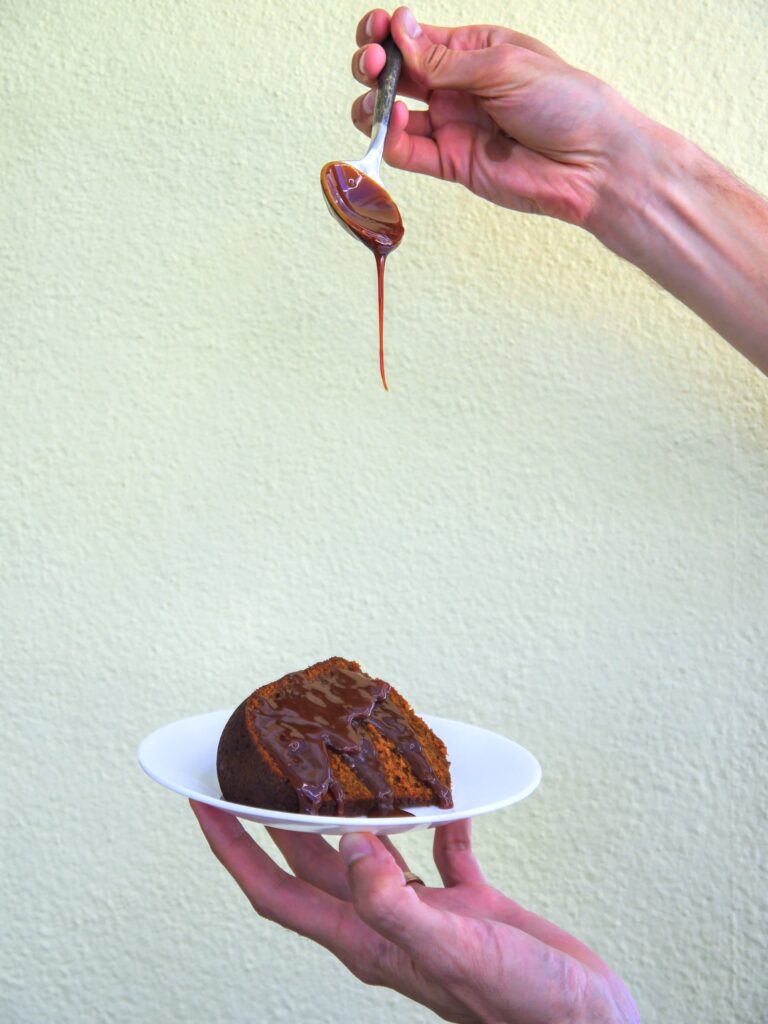
Pumpkin Gingerbread
Source: Adapted from Claudia Fleming’s Stout Gingerbread
Makes one 10” Bundt cake
Active time: 20 minutes; total time ~70 minutes
Note: This cake is good as is but best served with salted caramel sauce.
Ingredients:
- 480 grams flour
- 1 tablespoon baking powder
- 2 teaspoon baking soda
- 2 tablespoons ground ginger
- 1 ½ teaspoons cinnamon
- ½ teaspoon nutmeg
- ½ teaspoon cloves
- ½ teaspoon black pepper
- 1 teaspoon salt
- 2 eggs
- 425 grams (1 15 ounce can) pumpkin puree
- 340 grams molasses
- 150 grams canola or veg oil
- 215 grams brown sugar
- 225 grams boiling water
Instructions:
- Preheat oven to 175°C/350°F. While the oven is preheating, butter and flour a 10-inch Bundt pan.
- Stir together all of the dry ingredients (flour, leaveners, spices, salt) in a medium bowl. Set aside.
- Mix together all of the wet ingredients (eggs, pumpkin, molasses, oil, brown sugar), except the boiling water, in a large bowl.
- Add about 1/3 of the dry ingredients to the wet, stirring well to incorporate. Add 1/3 of the boiling water, again stirring well to incorporate, and repeat until the dry ingredients and boiling water are fully added.
- Pour the batter into the prepared Bundt pan and smooth the top with a spatula.
- Bake the cake for 45–50 min. After removing from the oven let the cake cool in its pan for ~10 minutes before inverting it, removing the pan, and letting it cool completely on a wire rack.

